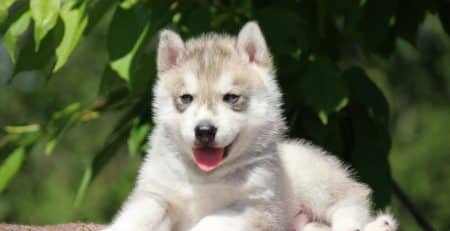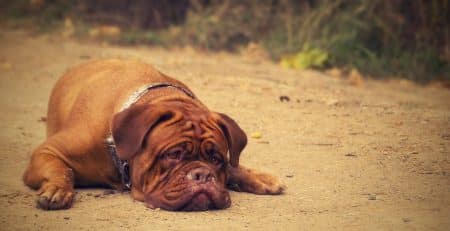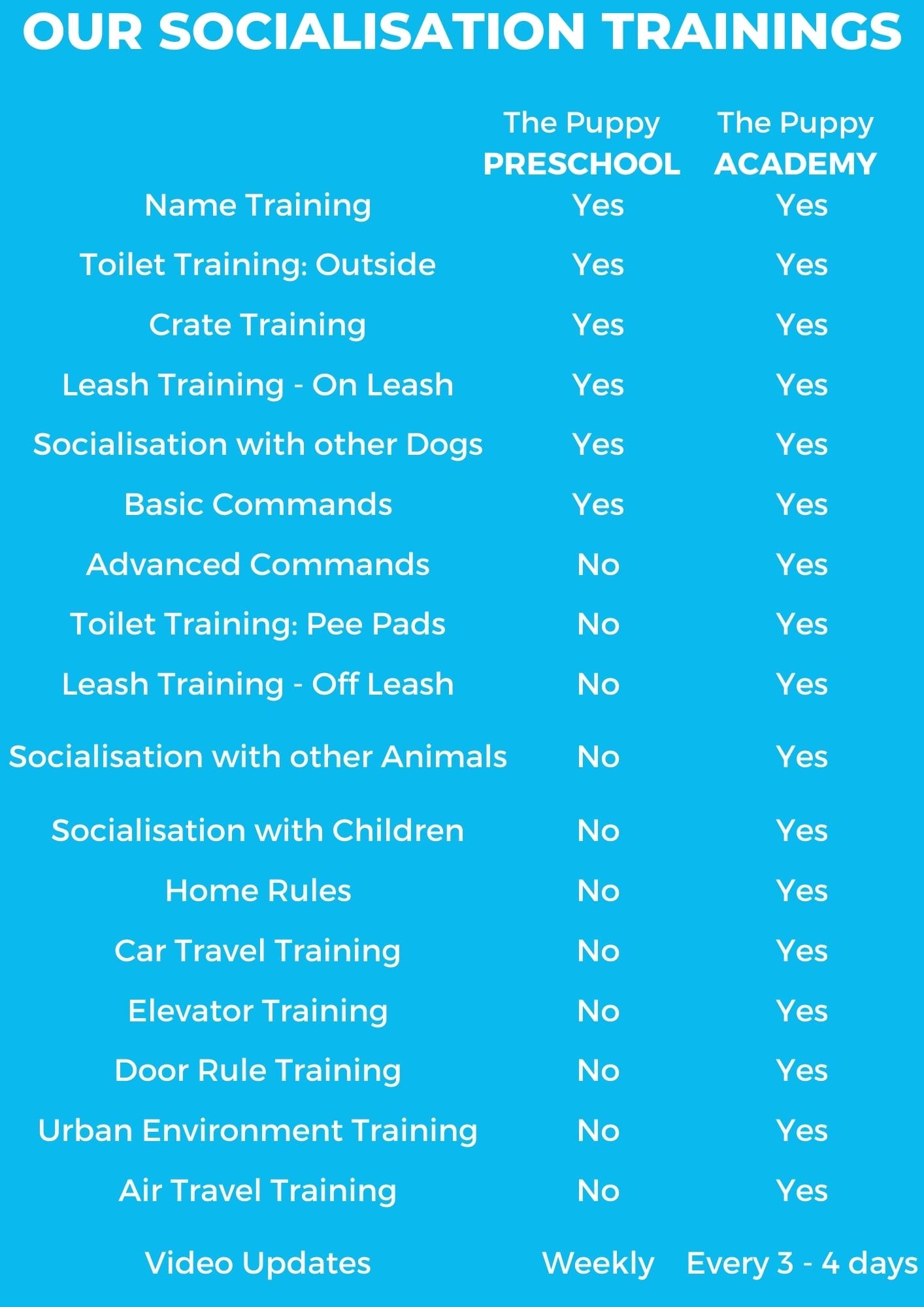Dogs and Horses
Dogs can be very inquisitive creatures, and sometimes are desperate to investigate new things – including animals. Whether you occasionally meet horses on dog walks in the countryside, or are a passionate equestrian with a pet pooch or two, it is important that your dog learns to behave properly around horses.
What is Giardia?
Horses and ponies are large, unpredictable prey animals, which can lead to trouble if your dog has not been taught how to act with horses. Horses and even ponies can inflict severe damage with a kick, shove, or even a bite. A startled horse may lash out in fear or by mistake, which can injure or kill a dog. A kick from a horse can easily crack ribs or fracture your dog’s skull. Your dog may also be in deathly trouble if you live in an area that permits farmers to shoot dogs that are attacking their livestock.
The other risk is that your dog startles or injures the horse. Some dogs get very excited at the sight of horses. A dog may see horses running in the field or trotting while ridden, and may misinterpret that as an opportunity to play. This can lead to accidents and injury of the horses, and perhaps the riders! An aggressive dog, especially a large one, can badly hurt a horse, especially if the latter is a smaller breed or pony.
Why do horses and dogs have problems relating?
Horses and dogs are very different animals: one is prey, the other is a predator. A dog that is scared or excited by a horse may react by rushing over to chase or investigate the latter, or even to play. Some dog breeds (such as herding breeds) have a stronger urge to chase, but any dog may respond in this way. Horses, being prey animals, tend to keep their distance from new and potentially dangerous things, to the point of running away, though some horses prefer to stand their ground and fight.
What to do?
There are different steps you can take to improve your dog’s behaviour around horses. It all depends how much you will be around horses in the future. A dog that occasionally meets horses on walks needs a different approach than a dog that is expected to go to the stables regularly.
Meeting horses on walks
If you occasionally meet horses on walks, you can start by getting your dog used to seeing them. It’s best to start this at a young age. Make sure your dog is kept leashed unless you are completely certain that your dog has perfect recall. If you see a horse and rider approaching, walk slower or stop, and make sure that they can see you. Your dog may bark at the horse, so it’s up to you to encourage them not to do this. Reward your dog for being quiet and calm. Once the horse has passed, continue your walk as normal.
The aim of this training is to desensitise your dog to the presence of horses. Your dog should learn to associate calm behaviour around horses with praise.
A Stable Relationship
If you own a horse or frequent a stable, and wish to bring your dog along, then you may need a stricter training regime. Ideally you would start by introducing your dog to horses from puppyhood. Be sure to consider your dog’s personality and traits; for example, a dog that likes to chase joggers or small animals may be more likely to chase horses. If they show no signs of progress, it may be safer to keep the dog away from horses.
The best way to start is by slowly introducing your dog to horses. This should be done in a calm and controlled environment. Your dog should have basic obedience training mastered, for safety’s sake. Try introducing the horse and dog at a distance, with the horse in a paddock and your dog on a lead. Let them see each other, and stay very calm. Do this for just a few minutes for two or three days. You can gradually decrease the distance between the animals; for example, let your dog walk with you through the stables. Maintain the same calm manner as before.
If your dog is behaving well, then it’s time for closer encounters. You may need a friend’s assistance for this step. Walk your dog near a horse that is tied and being groomed. If both animals are fine, then let your dog go closer. Both horses and dogs touch noses in greeting, so let them get close enough to make contact. If either seems nervous, reassure them with a calm voice and soft pats, but don’t force an interaction. Reward calm behaviour with praise (and perhaps treats!).
The end goal is for your dog to be calm and nonchalant around horses. Your dog may choose to ignore the horses, or may politely greet a friendly horse with a nose touch. Not all horses are friendly, so it’s better to keep your dog away from them. As time passes and your dog learns to behave around horses, you can train them to accompany you on rides . . . but that’s another story!






















